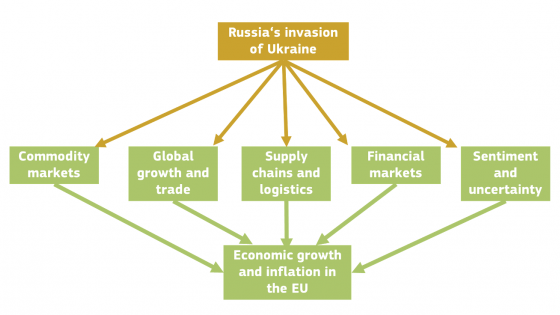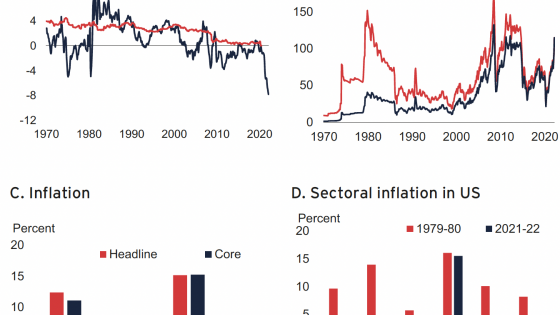DP3458 Monetary Policy and Stagflation in the UK
The volatile data for inflation, output, and interest rates in the United Kingdom prior to the 1990s, and the relative macroeconomic stability associated with inflation targeting, provide a rich basis for discriminating between rival explanations for the outbreak of stagflation. We examine alternative hypotheses with a New Keynesian model of aggregate demand and inflation determination, estimated on quarterly UK data for 1959?2000. Our model features IS and Phillips curves based on optimizing behavior, and fully incorporates the distinction between detrended output and the output gap stressed by optimizing analysis. Using simulations of our model as well as information on the ?real-time? views of policymakers, we test alternative explanations for the outbreak of inflation in the United Kingdom in the 1960s and 1970s. We find that inaccurate estimates of the degree of excess demand in the economy contributed significantly to the outbreak. But we also find a major role for the failure at the time to recognize the importance of monetary policy, as opposed to nonmonetary devices, in controlling inflation.


